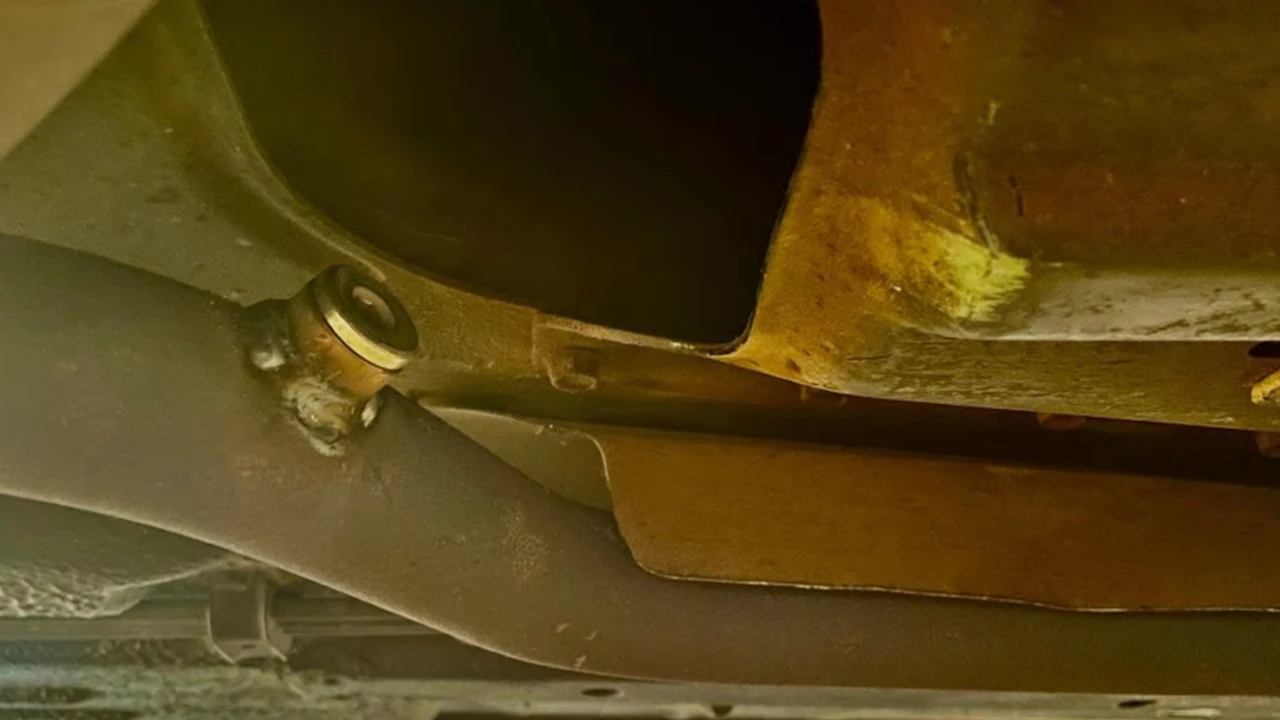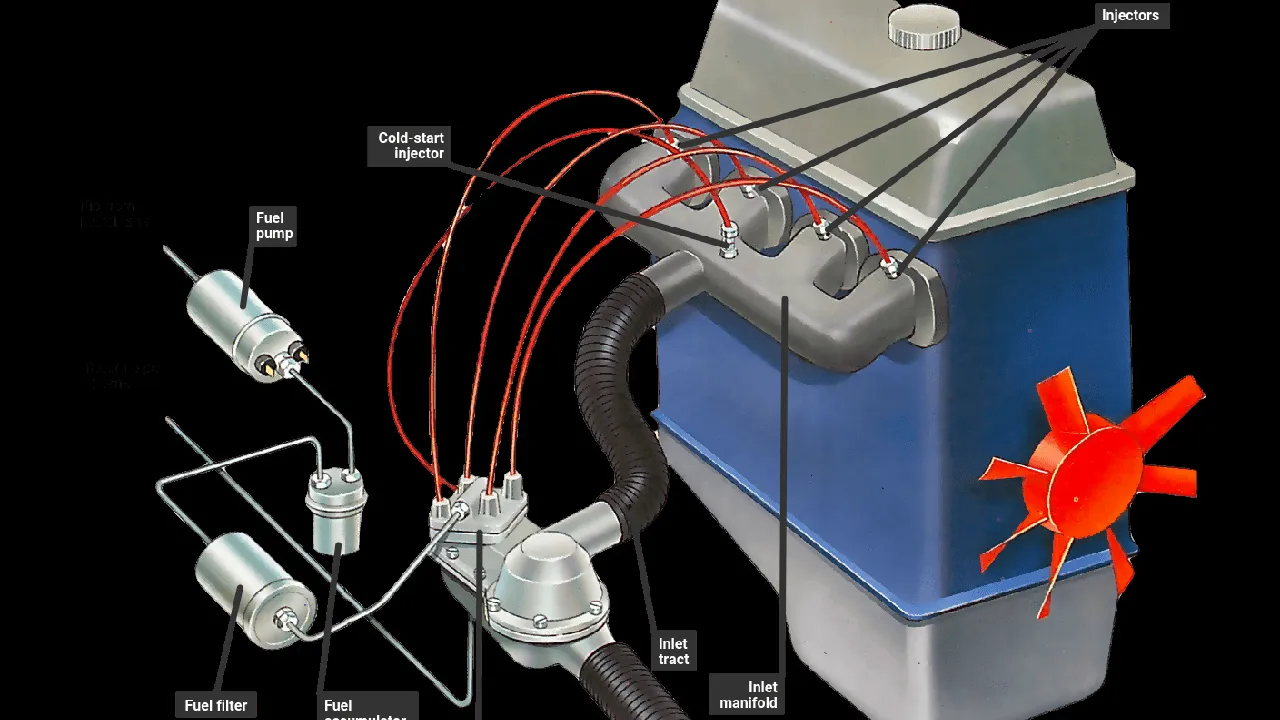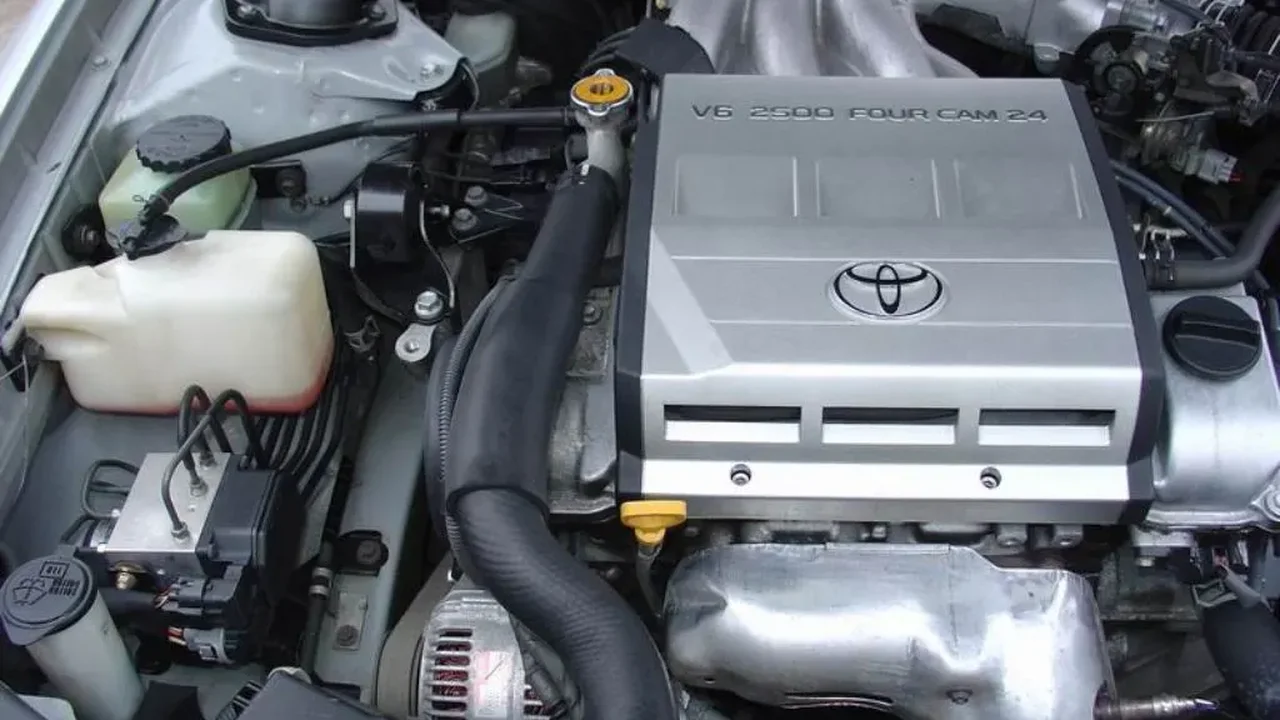How to Use Wideband O2 Sensors for Accurate ECU Tuning
Unlock accurate ECU tuning with wideband O2 sensors Learn how to use wideband O2 sensors to accurately monitor air-fuel ratios and make precise tuning adjustments Fine-tune your engine for optimal performance and efficiency

Understanding the Importance of Air-Fuel Ratio (AFR) for Engine Performance
Okay, let's talk about something super crucial for getting the most out of your engine: the air-fuel ratio, or AFR. This is basically the recipe your engine uses to make power – it’s the ratio of air to fuel that gets burned in the cylinders. Get this wrong, and you're either leaving performance on the table, or worse, risking serious engine damage.
If you're running too lean (too much air, not enough fuel), your engine can overheat, potentially leading to detonation or pre-ignition, which can melt pistons and cause all sorts of nasty problems. On the flip side, running too rich (too much fuel, not enough air) can lead to poor fuel economy, fouled spark plugs, and carbon buildup, reducing power and efficiency.
Ideally, you want to be as close to the stoichiometric AFR as possible under normal driving conditions. For gasoline, that's around 14.7:1 (14.7 parts air to 1 part fuel). However, under heavy load or boost, you'll typically want a richer mixture for cooling and preventing detonation, often in the 12.5:1 to 11.5:1 range. Getting this right is where wideband O2 sensors come in.
Narrowband vs Wideband O2 Sensors: What's the Difference for ECU Tuning?
Your car probably already has an O2 sensor, right? Well, that's likely a *narrowband* sensor. These sensors are good for closed-loop fuel control at stoichiometric AFR, meaning they help the ECU maintain that 14.7:1 ratio during cruising. They're cheap and reliable, but they're not very accurate outside of that narrow range. They essentially give the ECU a "rich," "lean," or "okay" signal, which isn't detailed enough for performance tuning.
Wideband O2 sensors, on the other hand, provide a much wider and more accurate range of AFR readings. They don't just tell you if you're rich or lean; they tell you *how* rich or lean you are. This allows you to precisely adjust your fuel maps in your ECU to optimize performance and ensure engine safety. Think of it like this: a narrowband is like a light switch (on or off), while a wideband is like a dimmer switch, giving you a much finer level of control.
Choosing the Right Wideband O2 Sensor Kit for Your ECU Tuning Needs
So, you’re ready to upgrade to a wideband. Great! There are a ton of options out there, so let's break down what to look for. Key considerations include:
- Accuracy: Obviously, you want a sensor that's accurate and reliable. Look for reputable brands with good reviews.
- Response Time: How quickly does the sensor respond to changes in AFR? Faster response times mean more accurate and real-time data for tuning.
- Ease of Installation: Some kits are easier to install than others. Consider your mechanical skills and choose a kit that you're comfortable working with.
- Data Logging Capabilities: Can the kit log data for later analysis? This is essential for fine-tuning your ECU.
- Compatibility: Make sure the sensor is compatible with your ECU and data logging software.
Here are a few popular wideband O2 sensor kits, with a brief overview and price range (prices are approximate and can vary):
- Innovate Motorsports MTX-L Plus: This is a very popular option known for its accuracy and ease of use. It features a digital display and can be easily integrated with data logging software. Price: $200 - $250
- AEM 30-0300 X-Series Wideband UEGO AFR Sensor Controller Gauge: Another excellent choice, the AEM X-Series offers a fast response time and a clear digital display. It's also compatible with many ECUs. Price: $250 - $300
- PLX Devices DM-6 SM-AFR Wideband Air/Fuel Ratio Gauge: PLX Devices are known for their high-quality sensors and advanced features. The DM-6 offers precise AFR readings and data logging capabilities. Price: $300 - $350
- Auto Meter Wideband Air Fuel Ratio Gauge Kit: A more budget-friendly option, Auto Meter offers a reliable wideband sensor with a traditional analog gauge. Price: $150 - $200
Scenario Examples:
- Street Tuning: For general street tuning and monitoring, the Innovate MTX-L Plus or AEM X-Series are excellent choices due to their ease of use and accurate readings.
- Track Use: For track days and racing, the PLX Devices DM-6 is a great option because of its fast response time and robust data logging capabilities.
- Budget Build: If you're on a tight budget, the Auto Meter Wideband Air Fuel Ratio Gauge Kit offers a reliable solution for monitoring AFR.
Comparing the Products:
The Innovate MTX-L Plus is a good all-around choice, balancing accuracy, ease of use, and price. The AEM X-Series offers a faster response time, making it suitable for more demanding applications. The PLX Devices DM-6 is the most advanced option, offering the best accuracy and data logging capabilities but at a higher price. The Auto Meter is the most affordable, but it lacks some of the advanced features of the other options.
Installing Your Wideband O2 Sensor: A Step-by-Step Guide
Okay, let's get down to the nitty-gritty of installation. This can vary slightly depending on the specific kit you choose, but here’s a general overview:
- Choose a Location: Ideally, you want to install the wideband O2 sensor in the exhaust system after the turbo (if you have one) but before the catalytic converter. It needs to be in a location where it can get an accurate reading of the exhaust gases. Aim for a location that's easily accessible for future maintenance.
- Weld in a Bung: Most wideband kits require you to weld a bung (a threaded fitting) into your exhaust pipe. This is where the sensor will screw in. If you're not comfortable welding, take it to a local exhaust shop.
- Wiring: Follow the instructions provided with your kit to wire the sensor to a power source, ground, and your data logging device (if applicable). Pay close attention to the wiring diagram to avoid any mistakes.
- Sensor Installation: Carefully screw the wideband O2 sensor into the bung. Do not overtighten it.
- Calibration: Most wideband kits require you to calibrate the sensor before using it. Follow the instructions provided with your kit to calibrate the sensor.
Important Notes:
- Safety First: Always disconnect the battery before working on your car's electrical system.
- Read the Instructions: Follow the instructions provided with your wideband kit carefully.
- Use Proper Tools: Use the correct tools for the job to avoid damaging your car or the sensor.
Connecting Your Wideband O2 Sensor to Your ECU for Data Logging
Connecting your wideband to your ECU is where the real magic happens. This allows you to monitor AFR in real-time and make adjustments to your fuel maps accordingly.
There are a few different ways to connect your wideband to your ECU:
- Analog Output: Most wideband kits have an analog output signal that can be connected to an analog input on your ECU. This is a common method for older ECUs.
- Serial Communication (RS232 or CAN): Some wideband kits use serial communication protocols like RS232 or CAN to transmit data to the ECU. This is a more modern method that offers higher data resolution.
- Data Logging Software: Many data logging software programs can directly read data from wideband O2 sensors via a USB connection. This allows you to log AFR data without connecting the sensor directly to your ECU.
Once you've connected your wideband to your ECU or data logging software, you'll need to configure the software to recognize the sensor. This typically involves selecting the correct sensor type and setting up the appropriate scaling factors.
Interpreting Wideband O2 Sensor Readings: What's Rich, What's Lean, and What's Just Right?
Alright, you've got your wideband installed, connected, and calibrated. Now what? Now you need to learn how to interpret the readings!
As we discussed earlier, the ideal AFR depends on the engine's operating conditions. Here's a general guideline for gasoline engines:
- Idle: 14.0:1 - 15.0:1 (Stoichiometric or slightly lean)
- Cruise: 14.5:1 - 15.5:1 (Stoichiometric or slightly lean)
- Part Throttle: 13.5:1 - 14.5:1 (Slightly rich to Stoichiometric)
- Wide Open Throttle (WOT) - Naturally Aspirated: 12.5:1 - 13.5:1 (Rich)
- Wide Open Throttle (WOT) - Turbocharged/Supercharged: 11.5:1 - 12.5:1 (Richer)
Remember, these are just guidelines. The optimal AFR for your engine may vary depending on its specific characteristics and modifications. It's always a good idea to consult with a professional tuner or do some research on your specific engine to determine the ideal AFR.
Troubleshooting AFR Problems:
- Lean Condition: If your AFR is consistently leaner than the target AFR, it could be caused by a vacuum leak, a faulty fuel injector, or a weak fuel pump.
- Rich Condition: If your AFR is consistently richer than the target AFR, it could be caused by a faulty O2 sensor, a leaky fuel injector, or an incorrect ECU calibration.
- Erratic Readings: If your AFR readings are erratic or jump around, it could be caused by a faulty wideband O2 sensor, a poor electrical connection, or exhaust leaks.
Adjusting Your ECU Fuel Maps Based on Wideband O2 Sensor Data for Optimal Performance and Safety
This is the heart of the matter: using your wideband data to fine-tune your ECU. This is where things get a bit more complex, and it's highly recommended that you have a good understanding of ECU tuning principles before attempting this.
Here's a general overview of the process:
- Data Logging: Start by data logging your engine's performance under various driving conditions. This will give you a baseline of your current AFR readings.
- Analyze the Data: Review the data logs to identify areas where your AFR is deviating from the target AFR.
- Adjust Fuel Maps: Use your ECU tuning software to adjust the fuel maps in the areas where the AFR is off. If you're running lean, add fuel. If you're running rich, remove fuel.
- Repeat: Repeat the data logging and adjustment process until you've achieved the desired AFR across the entire operating range.
Important Considerations:
- Small Adjustments: Make small adjustments to the fuel maps and monitor the AFR closely. Avoid making large adjustments that could potentially damage your engine.
- Safety First: Always prioritize engine safety over performance. If you're unsure about something, consult with a professional tuner.
- Professional Help: If you're not comfortable tuning your ECU yourself, seek the help of a qualified professional.
Advanced ECU Tuning Techniques Using Wideband O2 Sensors: Closed-Loop Control and Beyond
Once you've mastered the basics of ECU tuning with a wideband O2 sensor, you can start exploring more advanced techniques, such as closed-loop control.
Closed-Loop Control: This is a feedback system where the ECU uses the wideband O2 sensor readings to continuously adjust the fuel mixture in real-time. This allows the ECU to maintain the target AFR even as conditions change, such as changes in altitude or engine temperature.
Benefits of Closed-Loop Control:
- Improved Fuel Economy: By maintaining the optimal AFR, closed-loop control can improve fuel economy.
- Reduced Emissions: Closed-loop control can also reduce emissions by ensuring complete combustion.
- Improved Performance: By maintaining the optimal AFR, closed-loop control can improve engine performance.
Implementing closed-loop control requires careful configuration of your ECU tuning software. Consult your ECU's documentation for specific instructions.
Other Advanced Techniques:
- Learning Tables: Some ECUs have learning tables that automatically adjust the fuel maps based on wideband O2 sensor data.
- Boost Control: Wideband O2 sensor data can be used to optimize boost control in turbocharged engines.
- Ignition Timing: Wideband O2 sensor data can also be used to optimize ignition timing for maximum power and efficiency.
Wideband O2 sensors are a powerful tool for accurate ECU tuning. By understanding how to use them effectively, you can unlock your engine's full potential and ensure safe and reliable performance. Remember to always prioritize engine safety and consult with a professional tuner if you're unsure about something. Happy tuning!
:max_bytes(150000):strip_icc()/277019-baked-pork-chops-with-cream-of-mushroom-soup-DDMFS-beauty-4x3-BG-7505-5762b731cf30447d9cbbbbbf387beafa.jpg)






